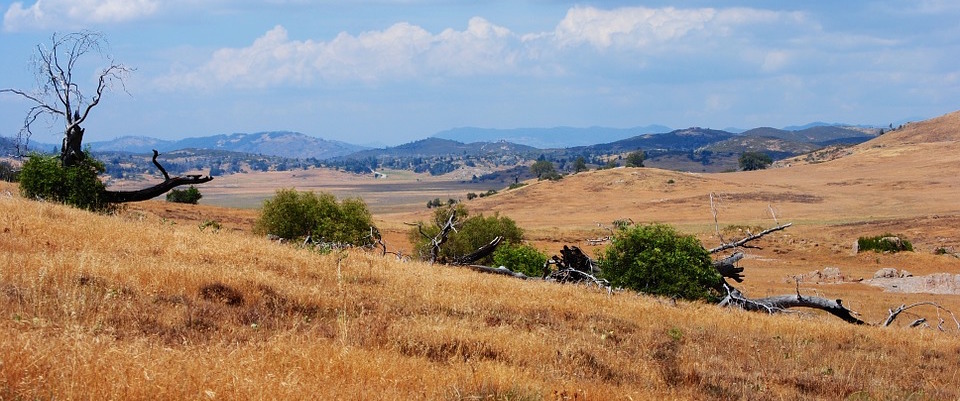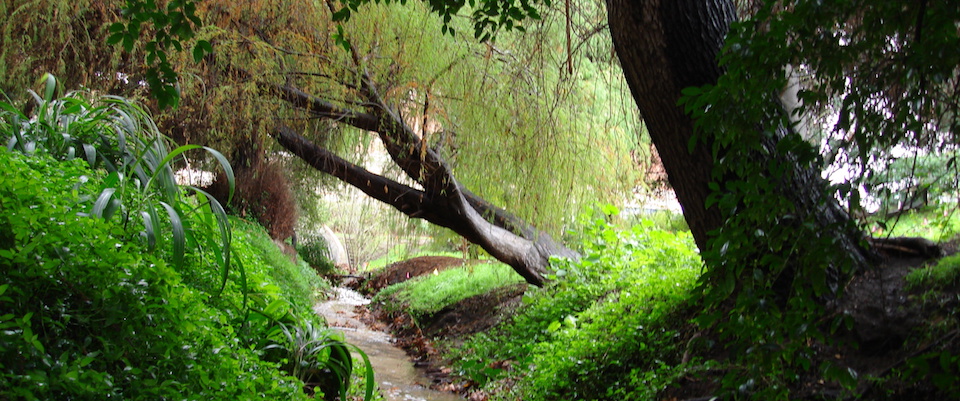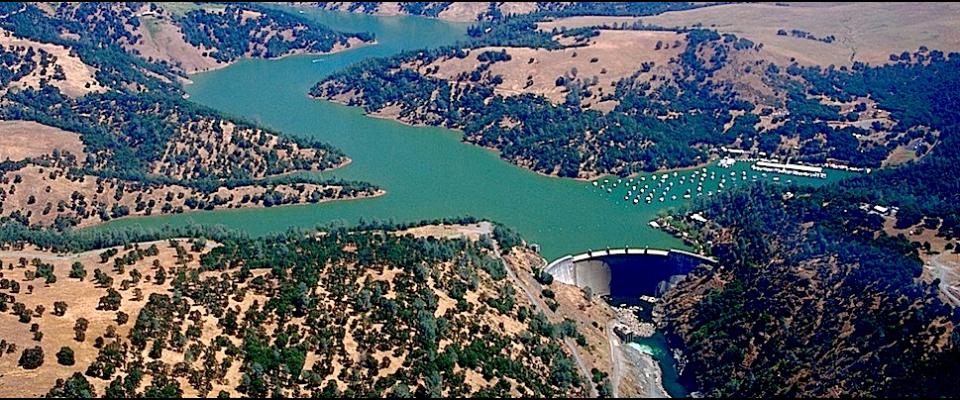The decision by Gov. Jerry Brown’s administration to lift mandatory water restrictions is good news for any Californian who likes to raise petunias and zucchini and take showers lasting longer than three minutes. But is it really a good idea? After all, last winter’s greatly hyped and much-anticipated El Niño turned out to be something of a bust.
Yeah, water precipitated from the sky, particularly in the north state, where the snowpack totaled over 100 percent of a normal. And most reservoirs are in far better shape than they were at this time last year: As of Memorial Day weekend, two of the largest, Lake Shasta and Lake Oroville, respectively are at 92 percent and 94 percent of capacity.
But when Ma Nature isn’t filling reservoirs, we’re emptying them—and that’s what’s happening now. Moreover, El Niño wasn’t nearly as generous in the south state, which essentially remains in drought: The snow pack in the southern Sierra was only about 60 percent of normal.
Finally, it’s not just that El Niño is kaput. Hot on its heels, it seems, is a waxing La Niña: oceanic conditions that typically produce conditions in California opposite those of El Niño. Things, in short, get really dry.
Recent El Niño storms may well prove a mere respite, not a reprieve. A year from now, we could be back to draconian rationing and dire predictions of apocalypse-by-thirst.
That means that the recent storms may well prove a mere respite, not a reprieve. A year from now, we could be back to draconian rationing and dire predictions of apocalypse-by-thirst.
Nonetheless, David Sedlak, the co-director of the Berkeley Water Center and the director of the university’s Institute for Environmental Science and Engineering, thinks there’s some wisdom in the state’s move, given that the restrictions were presented as an emergency and short-term measure. “By any evaluation, the immediate emergency is over for now,” says Sedlak, “so there’s some justification–even an obligation—to back off to a degree. But the administration isn’t trying to downplay the necessity of resolving our water issues. They’re still signaling urgency. But they’re stepping back from being the arbiter of water rationing for now, and putting it back on the local entities. The fact is that we’re not going to solve our water problems in a year, and everybody knows that. It’s going to take at least a decade or two.”
Sedlak contends that the state has made a pretty good start on getting a handle on the water crisis with 2014 legislation to quantify and ultimately regulate groundwater pumping.
“That was a good first step, and we’re also seeing considerable action at the county and municipal levels,” says Sedlak. “Los Angeles, San Diego and San Jose are moving forward with water recycling programs. San Diego County has opened a large desalinization plant, and Los Angeles is implementing some ambitious storm water capture plans. And Orange County has been doing significant groundwater recharge with recycled water since the 1970s; they’ve increased the quantity by three-fold over the past decade.”
But other water use experts think lifting the mandatory restrictions might have been premature.
“I would prefer to see permanent water restrictions, given that increasing water scarcity is an inevitable aspect of California’s future,” says Kara Nelson, a Cal professor of civil and environmental engineering.
Still, Nelson allows, the 25 percent mandatory across-the-board water use reduction stipulated in the recently rescinded emergency declaration might have been a tad heavy-handed.
“I believe there’s an opportunity to use a more sophisticated and tailored approach,” she says, noting that she considers the Brown administration’s water rationing hand-off to local governments a good idea. “I would like to think that more local autonomy and flexibility will lead to even better strategies. Hopefully, the state will learn from this new approach and will continue to adapt and adopt measures that will be most effective in the long run.”
But fisheries and watershed consultant William Kier thinks state water managers are somewhat disingenuous, noting that agriculture—by far the largest consumer of state water—was not included in the mandatory restrictions. Indeed, says Kier, new plantings of almonds are going in at the rate of 50 to 60 thousand acres a year.
“Almonds are among the most water-intensive of crops,” says Kier. “It takes up to a gallon of water to produce a single nut, and 80 percent of California’s crop is exported, mainly to China. And most of those new plantings are going in are on formerly non-irrigated land in the western San Joaquin Valley , where water demands are typically far higher for orchard crops than in, say, the Sacramento Valley” due to high heat and low humidity.”
“Urban folks conveniently have meters on their homes, so they have been rigorously regulated.”
Kier says that a guiding water policy mantra of the Brown administration is that “you can’t manage what you can’t measure. That was their rationale for the groundwater management act—to quantify the water in each basin, thereby allowing the drafting of sustainable management plans. But in terms of restrictions, their operating procedure has been more like ‘You can only manage what you measure.’ Urban folks conveniently have meters on their homes, so they have been rigorously regulated. But despite the fact that they use most of the state’s water, agricultural irrigators are largely unmetered. So they’ve gotten a free pass.”
Agribusiness in general—and almond growers in particular—have demurred at such characterizations, citing the contributions of agriculture to the state’s economy and water conservation measures farmers have put in place over the past two decades. The Almond Board of California notes that growers have improved water use efficiency by 33 percent since the early 1990s, squeezing out “more crop per drop.” Further, the board notes, almonds only account for 14 percent of California’s total agricultural land and use only 9.5 percent of the state’s “developed” water—meaning water provided by the State Water Project and the federal Central Valley Project.
Still, according to the Almond Board’s own stats, California almond lands—currently standing at 1,110,000 acres and growing—consume 3.29 million acre feet of water annually. At consumption rates typical for Los Angeles, that’s enough water to supply 32 million urban residents. Those numbers have compelled some water policy analysts to call restrictions on new plantings of permanent, water-intensive crops such as almonds in specific areas, particularly during drought. But Brown has rejected that notion, stating he won’t play “big brother” by telling farmers what crops they can and cannot plant.
Kier is irritated by the governor’s position.
“I’m sorry, but I do think it’s time to start thinking about playing Big Brother,” he says. “We shouldn’t encourage the hardening of irrigation demand by allow the conversion of non-irrigated grazing lands to nut orchards—that’s just plain nutty.”
For all the angst over the drought, the water crisis has had one palpable benefit: It’s changed the way most people think about water. Or rather, at least we are thinking about it now—to some degree, anyway. Before things dried up, we were profligate in our use. Pre-drought, soaking your lawn until the water was running down the sidewalk was considered, at worst, a bit careless. Now it’s a pariah act, akin to tossing garbage out the window while driving, or smoking in an elementary school. It is simply not done.
“Typically, consumption jumps right back after water restrictions end,” Sedlak says, “but my prediction is that won’t be the case this time. This drought has really made an impression on both citizens and policy makers. Lawns have been torn up, cities have changed zoning. I think there’s going to be a memory effect.”
Still, says Sedlak, in terms of broad policy, “It’s something of a stretch to say that California water rights and use obey logic. We’ve known for decades that our water use is unsustainable, but many farmers have very solid pre-1914 water rights.”
Those rights, combined with the influence agriculture has in Sacramento and Washington, says Sedlak, “make meaningful policy change very difficult. Australia didn’t institute sweeping and effective water reforms until they went through their Millennium Drought [from 2001-2009]. Our drought was a wake-up call, it advanced the conversation, but I think it’s going to take another big drought to shake things up enough to make real progress possible.”




















